Step down a set of wooden stairs, into the cool, misty air of a forest cove, under a ceiling of green and gold light — the sunlit leaves of tulip poplar and yellow buckeye like stained glass against the springtime sky. The calls and songs of warblers fill the cove, a mix of buzzes, whispery squeaks, and sweet voices. Follow the path as it curves around the trunk of a giant yellow buckeye tree; pause and look down at the finely dissected leaves of Dicentra. Hiding in the green shadows, you may find the white hearts of squirrel corn (Dicentra canadensis) or the yellow and white pantaloons of Dutchman’s breeches (D. cucullaria.)
The trail travels gradually downhill, and the forest suddenly gives way to a bright, sunny section of the cove. Birds dart in and out of the green tangles on either side of the trail. It was here, during my first visit to Sosebee Cove, that I saw a baby redstart in the tangle of vines. Here, too, I first heard the song of veeries.
Past the tangle, the trail returns to shady woodland. To the left, the sloping ground forms a wall of spring ephemerals — yellow, white, and pale blue violets; pink-and-white striped spring beauty; and golden trout lilies with dark red spots, to name a few. Little sweet Betsy trillium (Trillium cuneatum) flowers low to the ground, in both its dark red and bright yellow forms. One might find, if they look down and look carefully, showy orchis. These small orchids raise wide leaves and slender stems over the leaf litter, their flowers a long white lower petal (or multiple petals fused) hooded with pale purple. On my most recent visit, I saw very few showy orchis on the trail, but in previous years, they have not been so difficult to find.
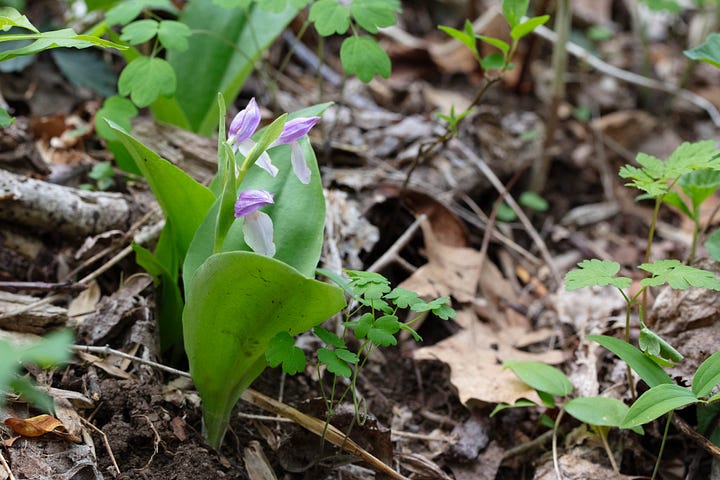
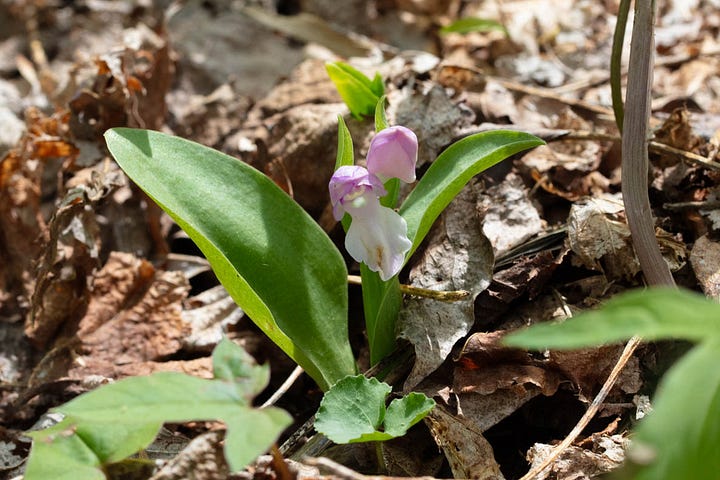

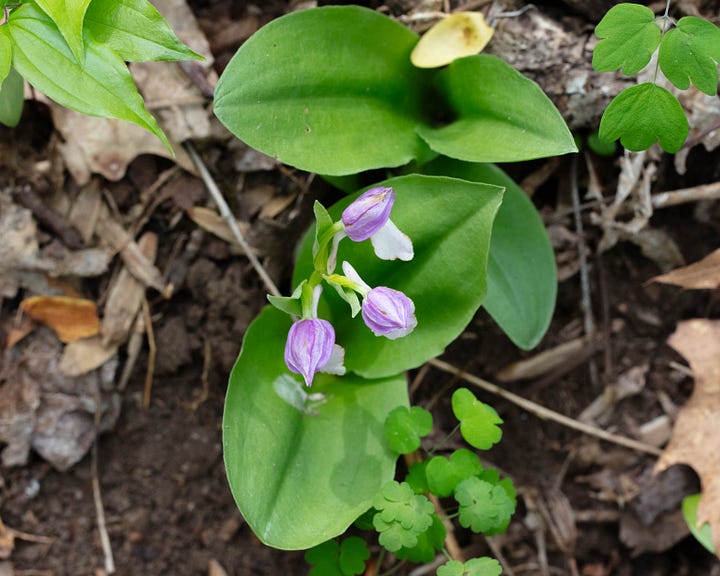
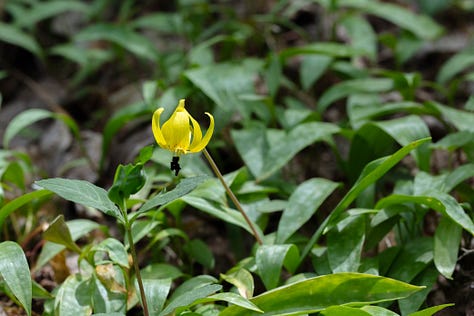
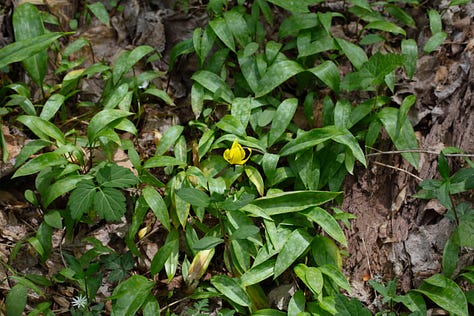
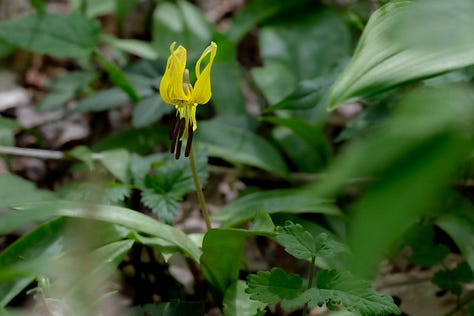
When I visited this April, a pair of ovenbirds made a continuous circuit from the trees to the right of the trail, across the trail and down towards some brush on the ground, back up into the trees further to my left, then back around and across the trail, to land in the same trees to my right. They sang constantly, a long phrase of the same repeated note, a song with no tune at all, but in a beautiful, bell-like voice not unlike the Carolina wren’s. In appearance, too, ovenbirds seem to imitate Carolina wrens. Other warblers are jewels of the springtime forest, the flowers that dart through the branches of trees in yellow, orange, blue, and green. The plumage of ovenbirds, however, is tan and white and dark brown stripes, the colors of Carolina wrens, on the size and shape of warblers. They are like warblers wearing Carolina wren costumes.
The slope to the left of the trail gradually becomes a wall of white trillium, reminding me of April on the Shirley Miller Wildflower Trail. Instead of bent trillium (Trillium flexipes), the white wall of this cove is comprised of great white trillium (Trillium grandiflorum). Its petals are slightly pleated and, as they age, rather than fade, the petals turn darker and darker shades of pink.
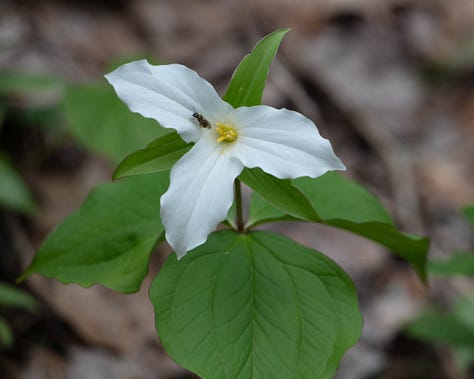
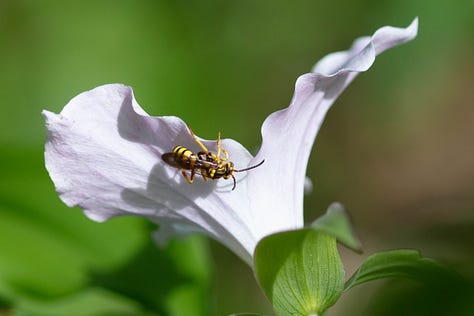
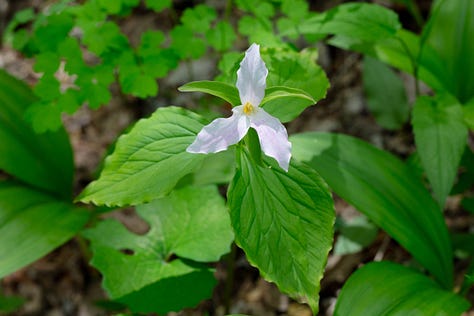
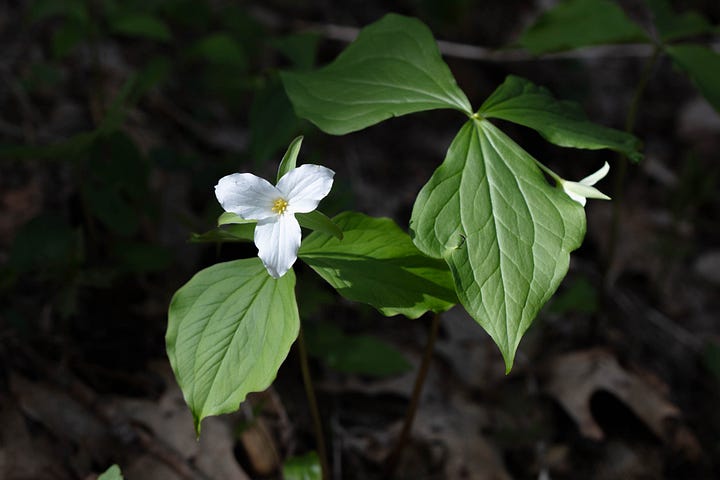
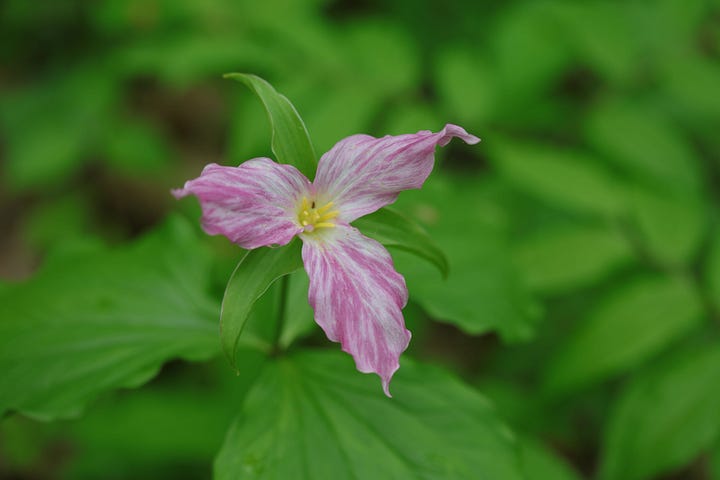
During this year’s visit, West Virginia white butterflies (Pieris virginiensis) floated through the forest. They are related to cabbage white butterflies (Pieris rapae), but are a brighter white and lack the dark spots of the cabbage white. They were like the petals of a great white trillium come to life and taken flight.
The trail curves downhill towards a small, rocky stream, which burbles and sings softly, in chorus with the whisper of wind through the leaves overhead. Nearly every time I visit this trail in spring, I see a Blackburnian warbler splashing in the water. This time, a male redstart perched on a branch and dipped his head towards the water, occasionally fanning out his tail like an obsidian cape. He would return to the canopy, the shadows of which could not fully conceal him. The plumage of redstarts is of midnight and fire; they are the color of crows, except for the splashes on wings and tail that are the color of flame.
Approaching the creek, pennywort (Obolaria virginica) pushes through its leafy winter blanket, a column of tiny flowers with white to pale purple petals held by leaves and stem of dark purple-brown.
The pale-flowered trilliums that dominate this section of trail are not the great white trillium; these have cream-colored flowers. They are a mix of two or three species that, to me, look nearly identical — Trillium simile (sweet trillium), Trillium erectum (confusingly called red trillium, and it does indeed have a red form, but at Sosebee Cove, only the cream-colored form appears), and Trillium species 2 (Amicalola trillium), a species that is not officially a species yet, with a full Latin binomial.
One way to tell sweet trillium and the pale form of red trillium apart is to smell them. Sweet trillium is, as the name suggests, pleasantly fragrant. Red trillium stinks, and in fact, another common name for it is “stinking Benjamin.” (I don’t know who Benjamin is.) In the photos I take for iNaturalist, I usually take one photo with a thumbs up or thumbs down next to the plant, to indicate whether the trillium smelled good or bad. The other way is to view the plants in profile. From the side, the petals and sepals of sweet trillium will obscure the stamens and pistil; if the floral organs are visible, it is most likely red/stinking trillium. But now that I’ve learned about Trillium species 2 and its possible presence at Sosebee Cove, I am not sure what is what anymore.
The trail descends to and crosses the stream, climbs up a hill again, then wraps back around to a small wooden bridge over the same stream. By the water, different flowers bloom, including wood anemone and umbrella leaf.
The trail continues uphill, soon returning to the wooden stairs and the small parking area. The trail is just a quarter of a mile, yet one could spend hours admiring the flowers, watching the insects that visit them, and listening to the chorus of birds, stream, and wind in the trees.
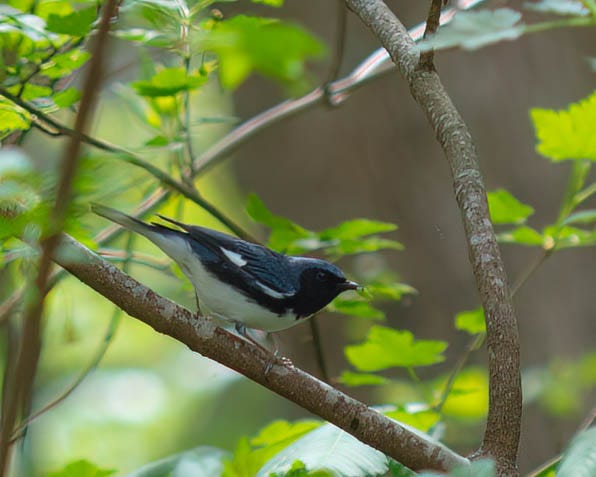
Spring is an ideal time to visit, from mid-April to early May; its peak bloom follows that of the Shirley Miller Wildflower Trail, so it is possible (and recommended) to visit both in the same spring. It can be combined with a visit to many other wildflower spots in the Chattahoochee National Forest or nearby Vogel State Park; in May, I sometimes pair it with a trip to Brasstown Bald, where the red form of red trillium blooms on the Wagon Train Trail and once, on the trail to the top of the mountain, I found painted trillium.
Notes
Rare Plant Locations. I typically do not share the locations of rare plants and do not recommend doing so; however, some locations are well-known and not exactly a secret. Sosebee Cove is one of them. On my most recent visit, fewer flowers were in bloom than previous years in mid-April, and I found very few orchids. They were not easy to spot. I did not find the squirrel corn at all, and I remember it being not easy to find in previous years.
My Ideal Spring Wildflower Season of Day Trips. I have been working on figuring this out for a couple of years now, and hope to eventually combine these posts into a series/guide. It definitely includes visiting Shirley Miller Wildflower Trail in both early March and early April (and if you can, visit Sitton’s Gulch at Cloudland Canyon State Park both times — make a weekend of it), as well as the Hidden Pond Songbird Management Trail around that same time in April as well as Chickamauga Battlefield. It includes granite outcrops any time between late March and mid-April, and Sosebee Cove in mid-April to early May, Brasstown Bald in early May, a return to Chickamauga Battlefield in mid-to-late May, with the Fall Line Sandhills squeezed in wherever there’s room in this schedule.
Upcoming Events and Community Science
The City Nature Challenge is still happening through the end of April 28th. If your city is not participating, you can still join the Global Project. Last week’s post went into great detail on how to maximize one’s species and observation count.
Gall Week May 2025 starts next weekend! It runs from May 3rd-11th!
The Brood XIV Periodical Cicada Emergence will soon be upon us! Are you ready? I will be making a pilgrimage to Northeast Georgia to see them, once they’ve started to emerge. You could combine a trip to Sosebee Cove with a trip to see the cicadas in Northeast Georgia!

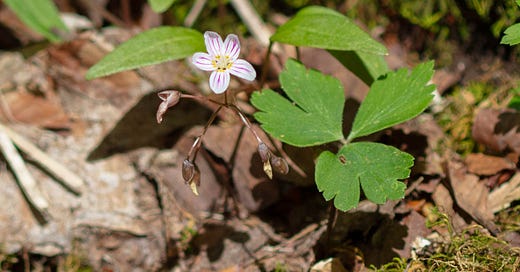


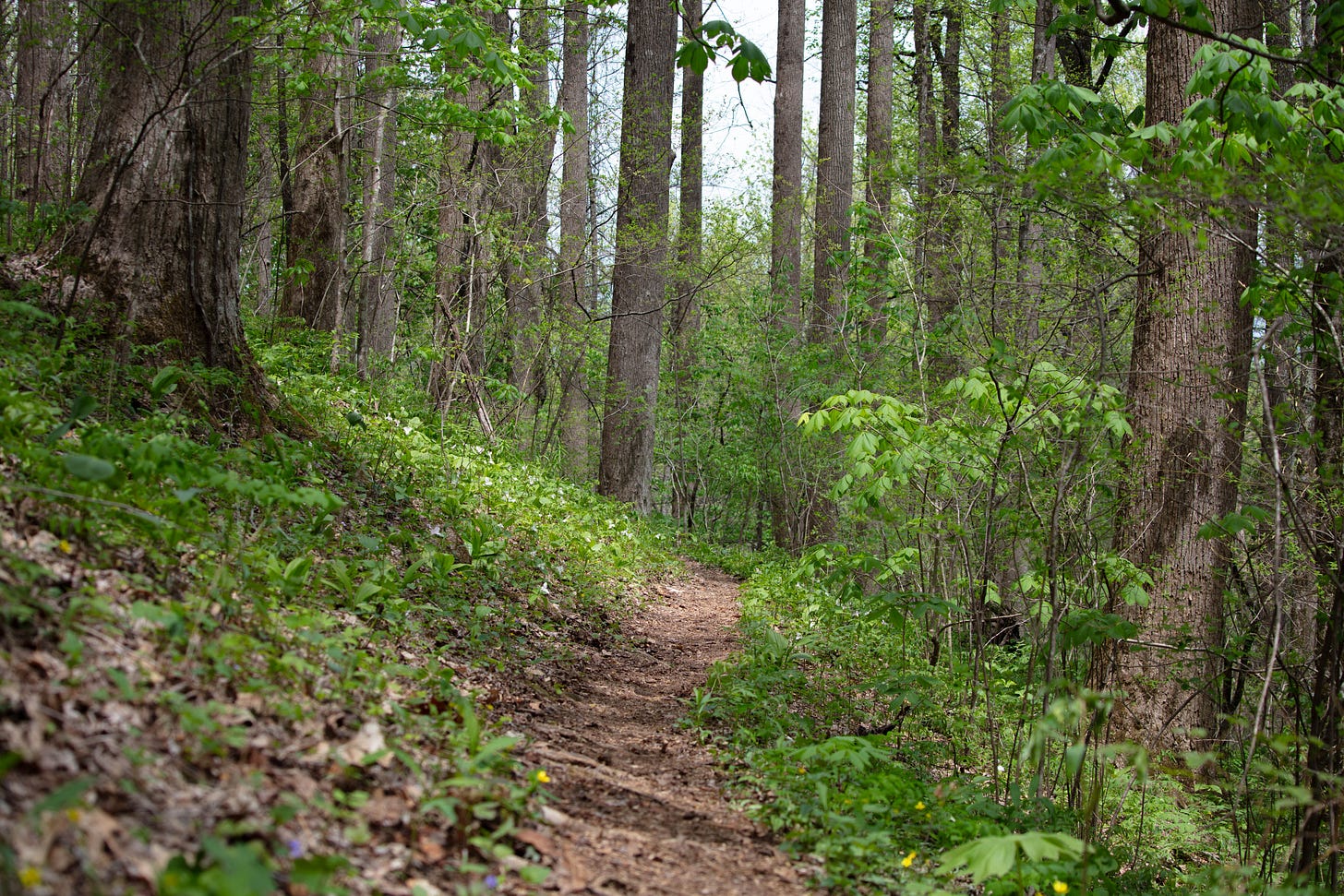


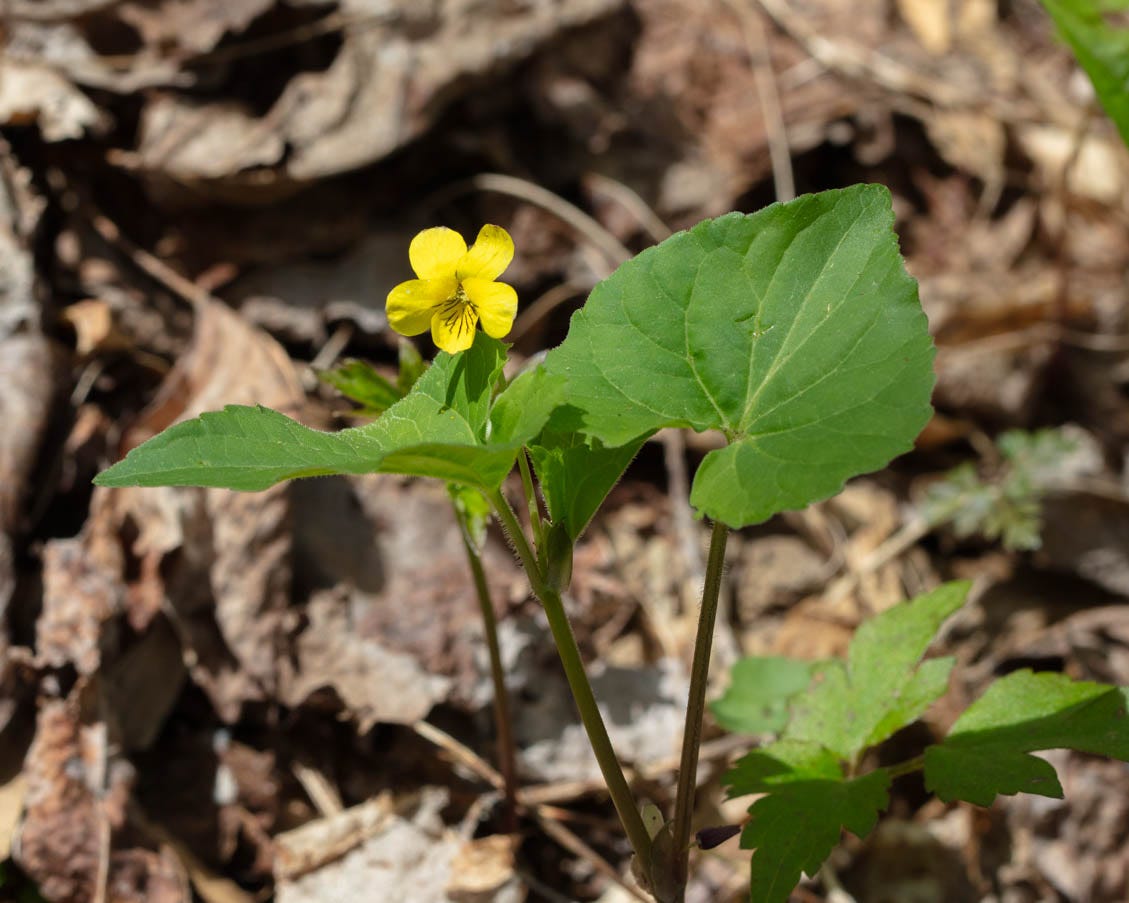
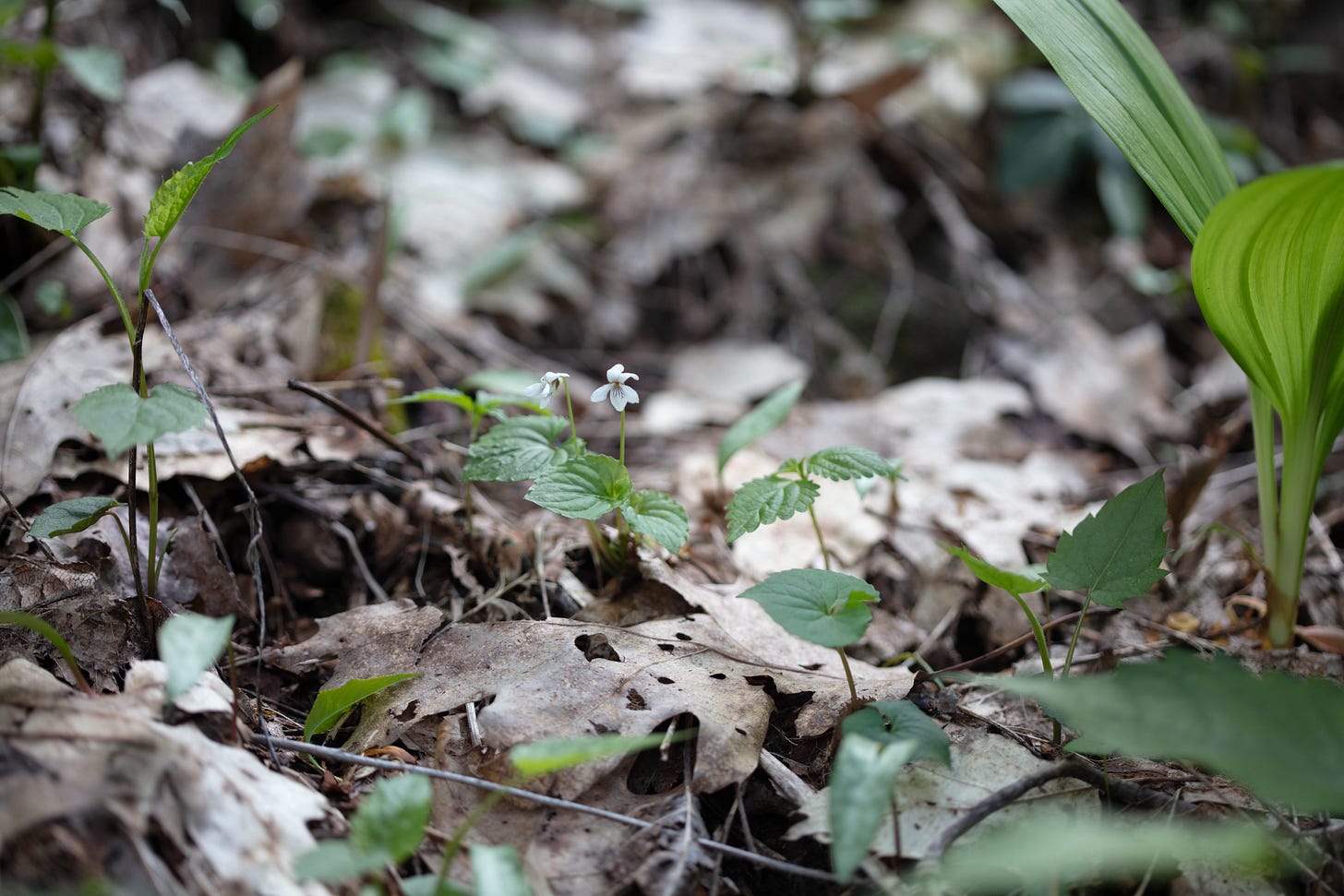

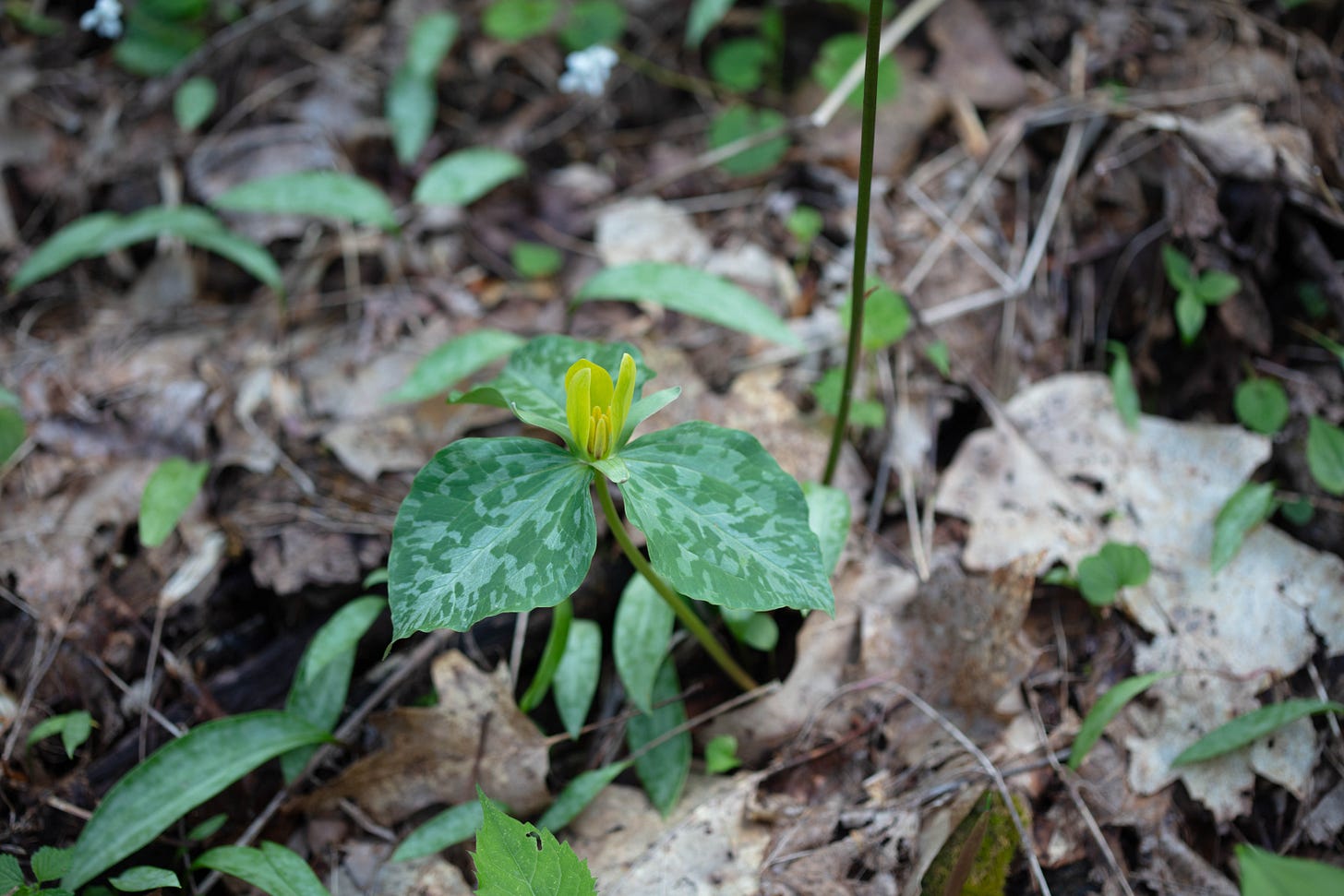
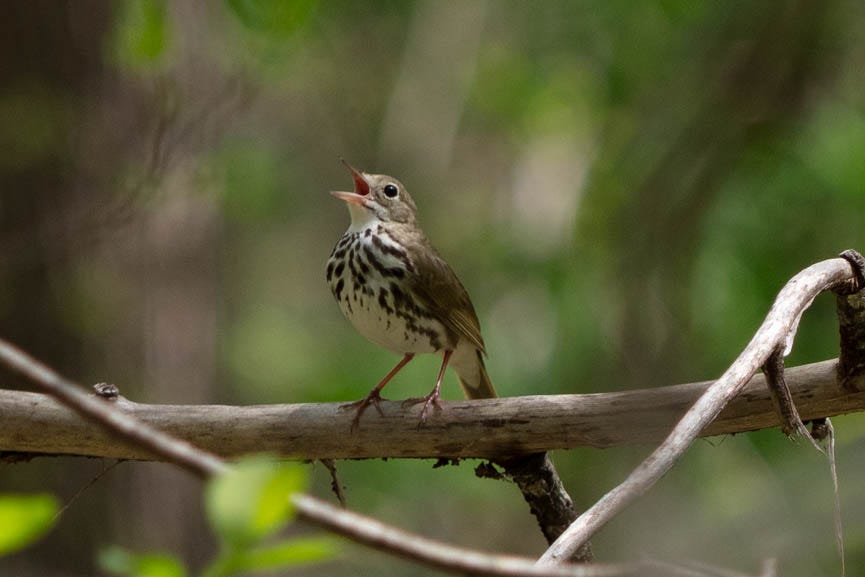
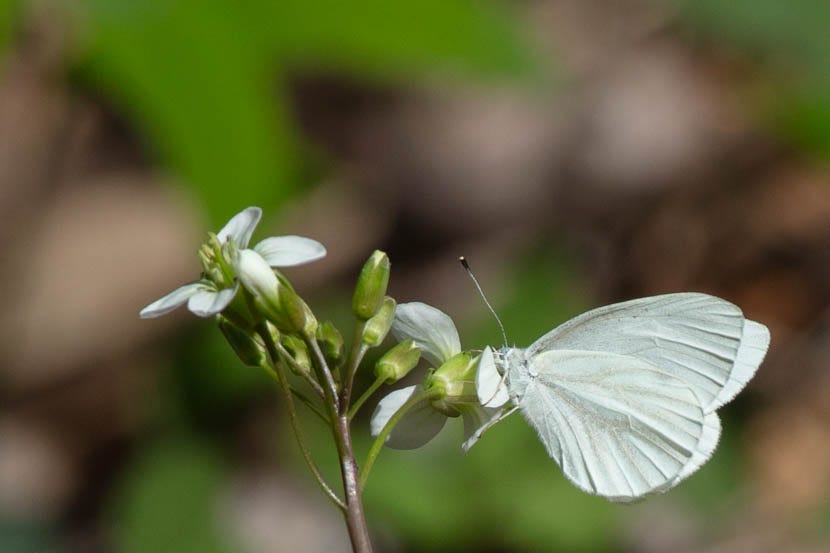

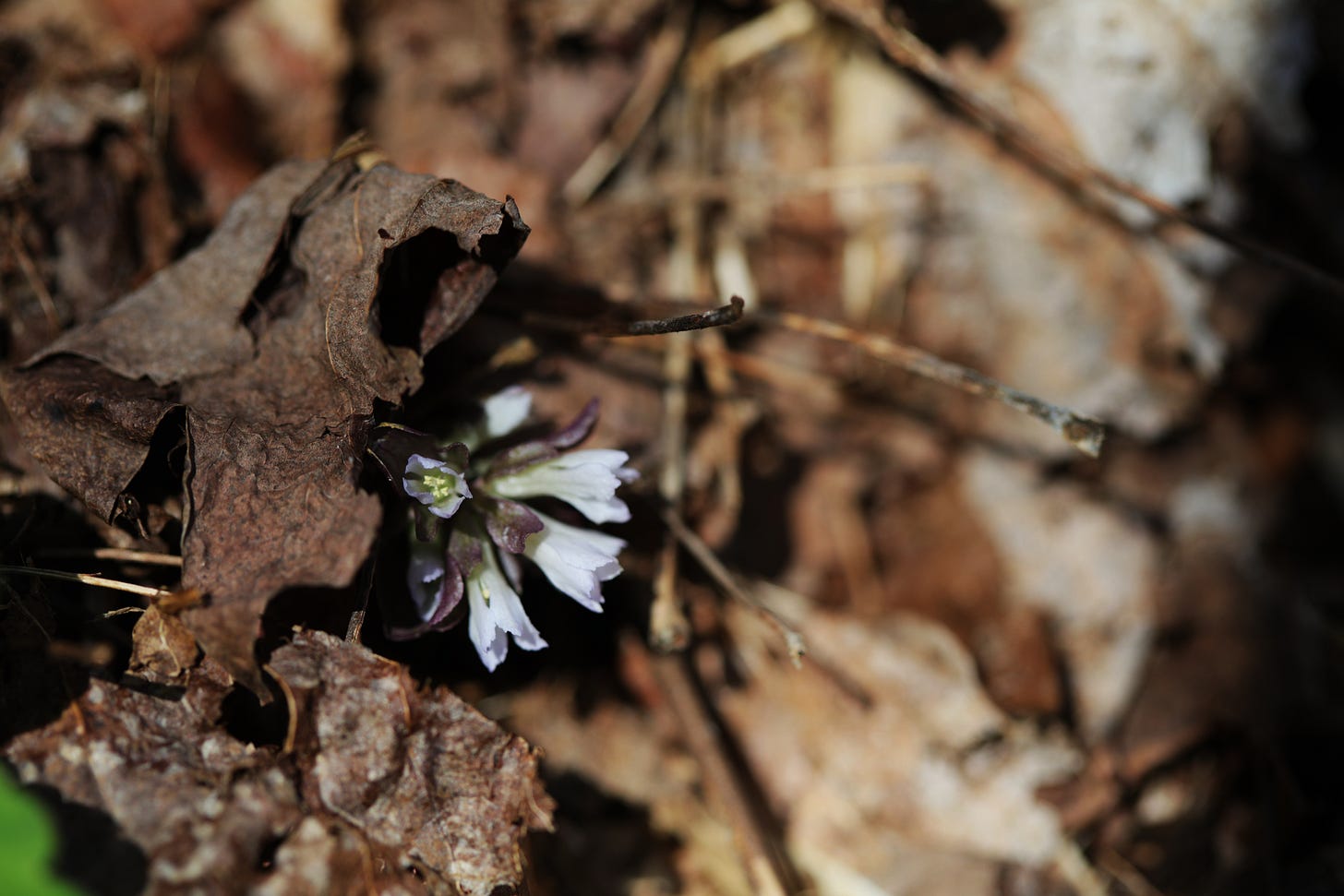
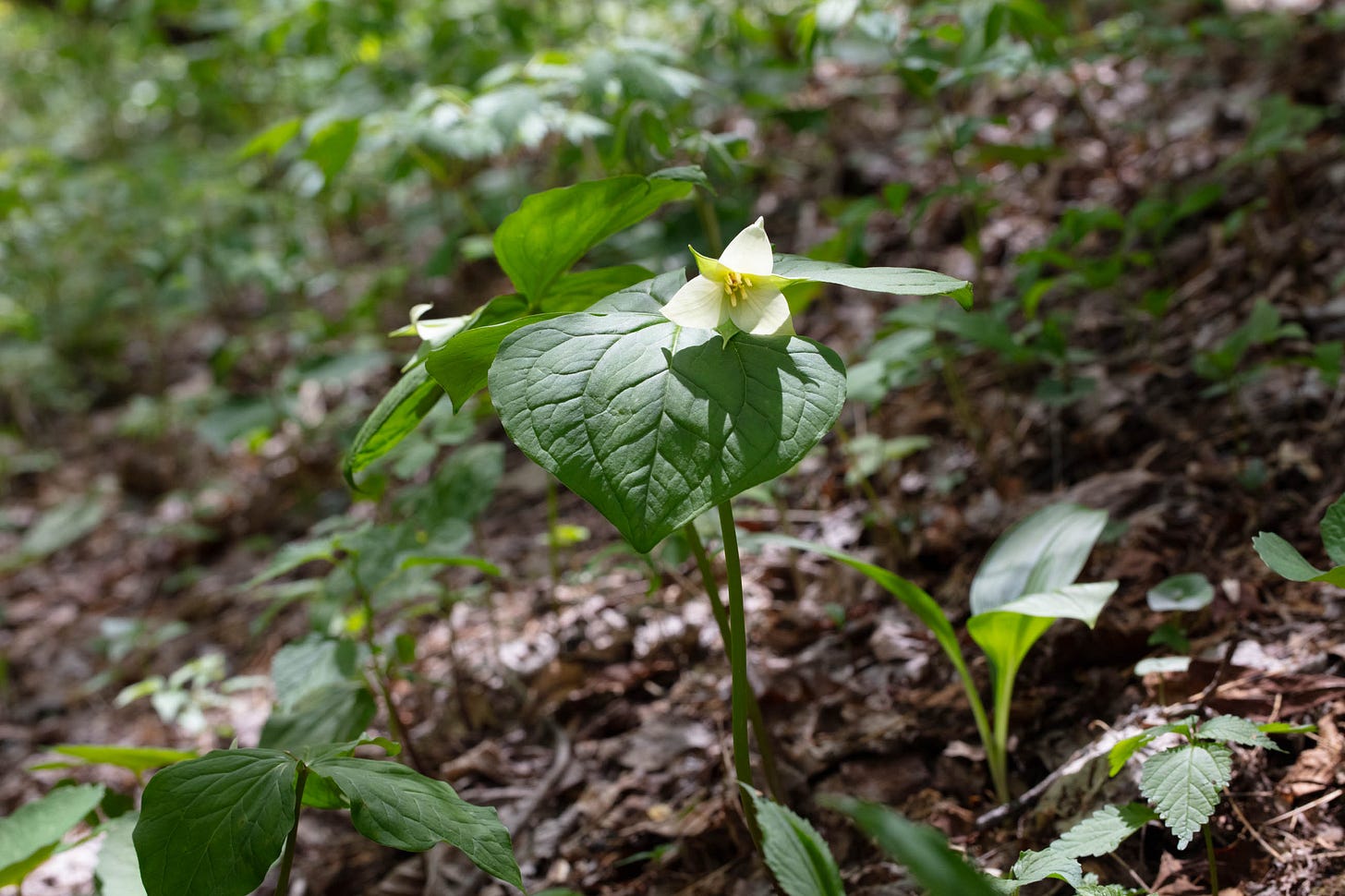
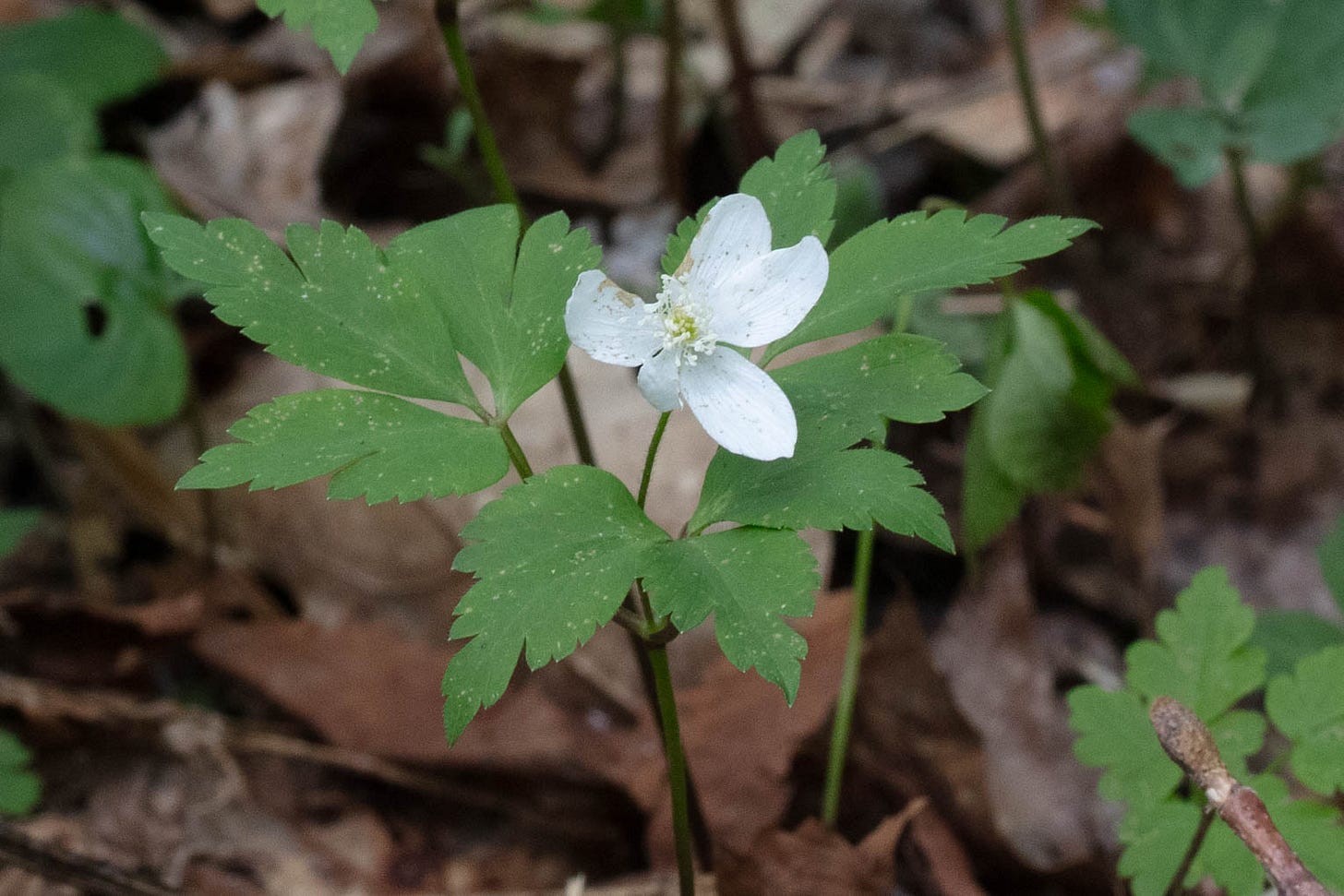
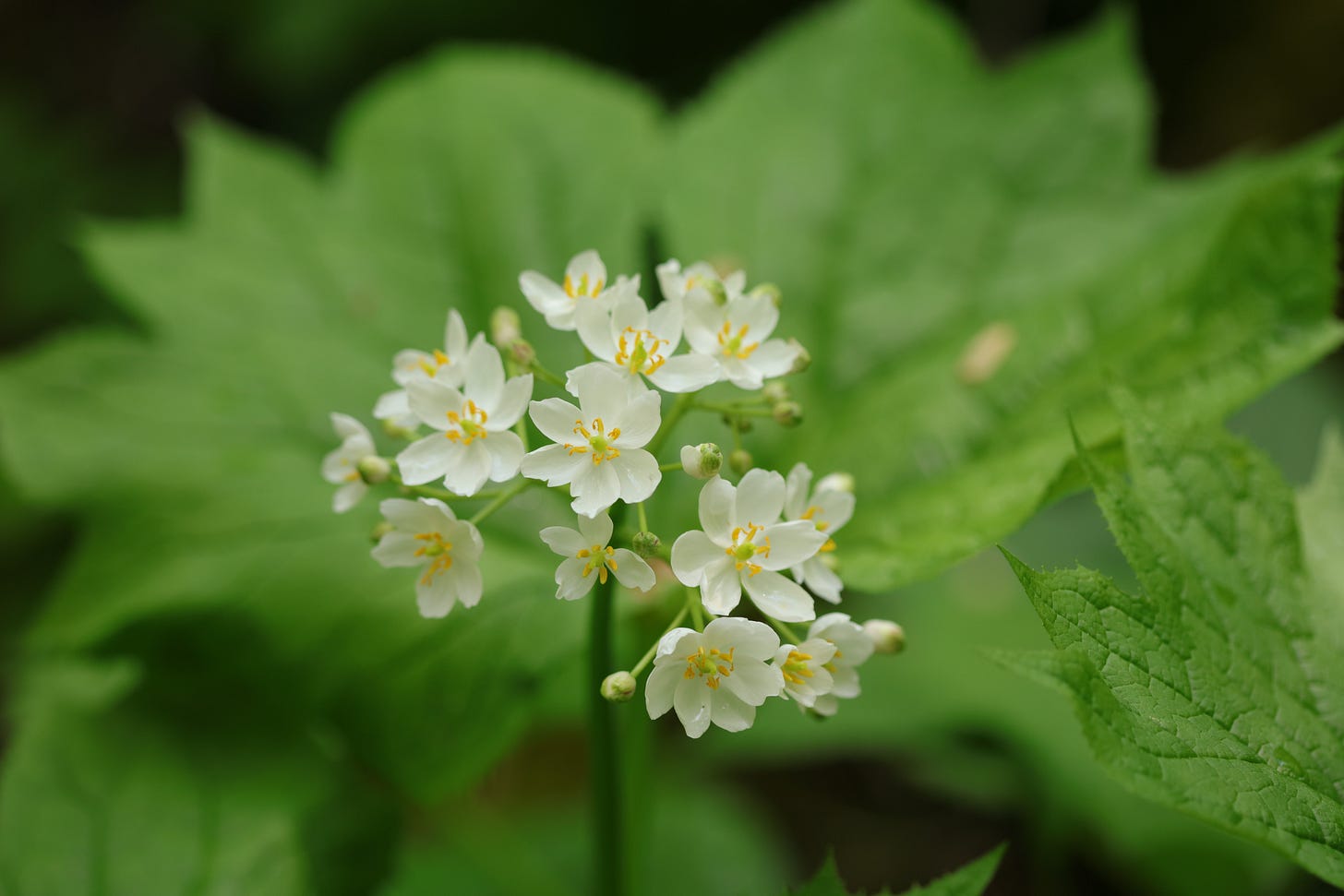

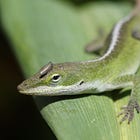
Gorgeous finds, some of which I had never heard of. Thank you.
Beautiful photos, as always. You're making me want to visit Georgia!